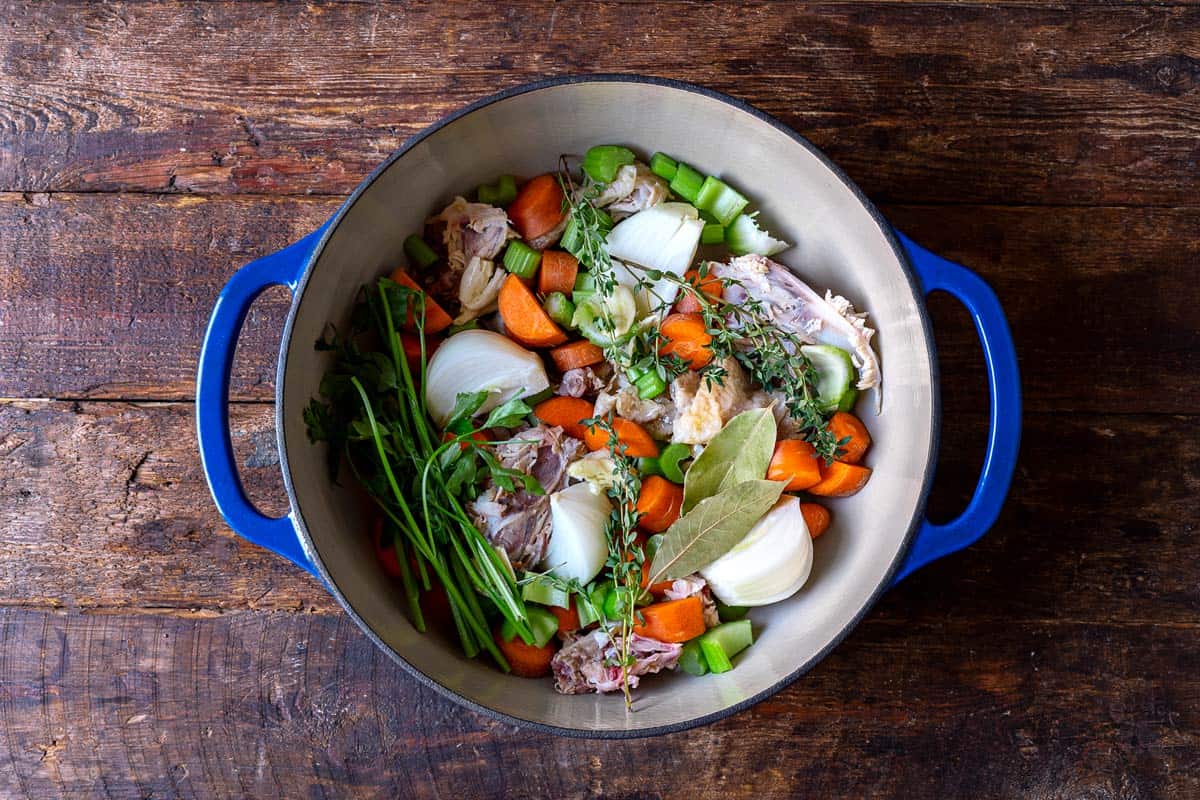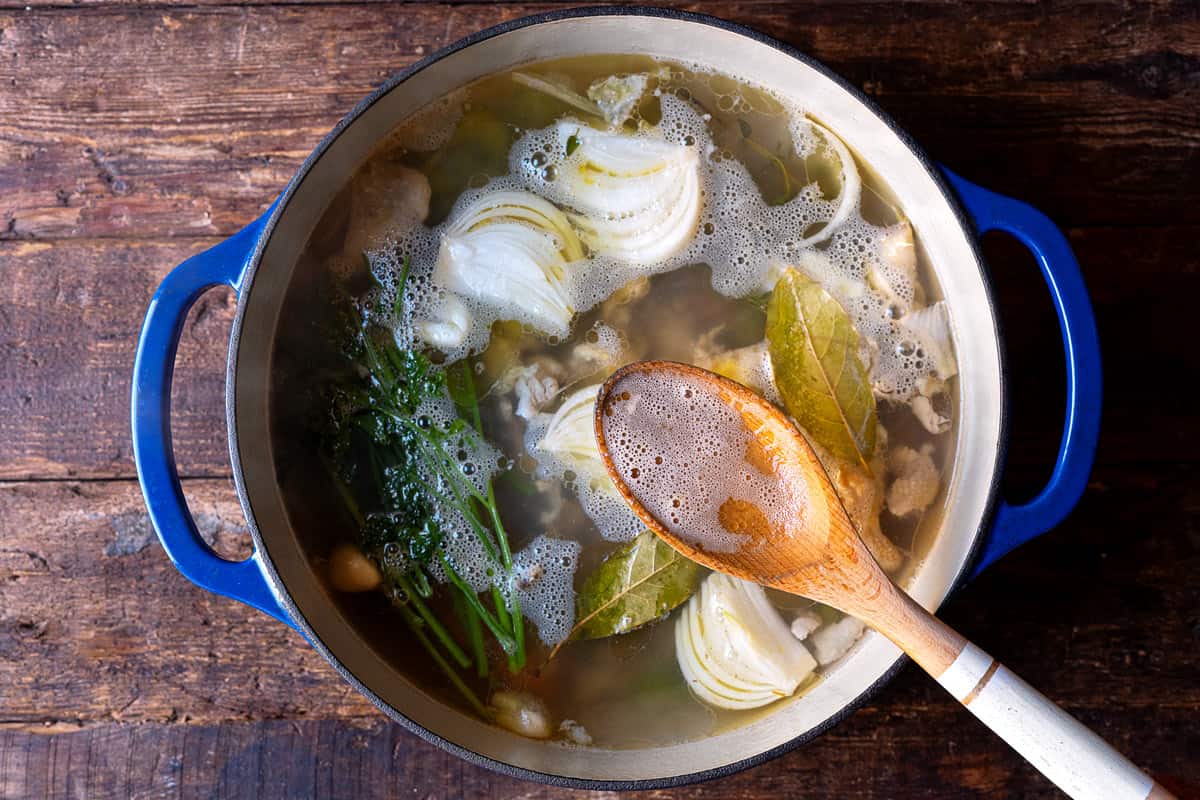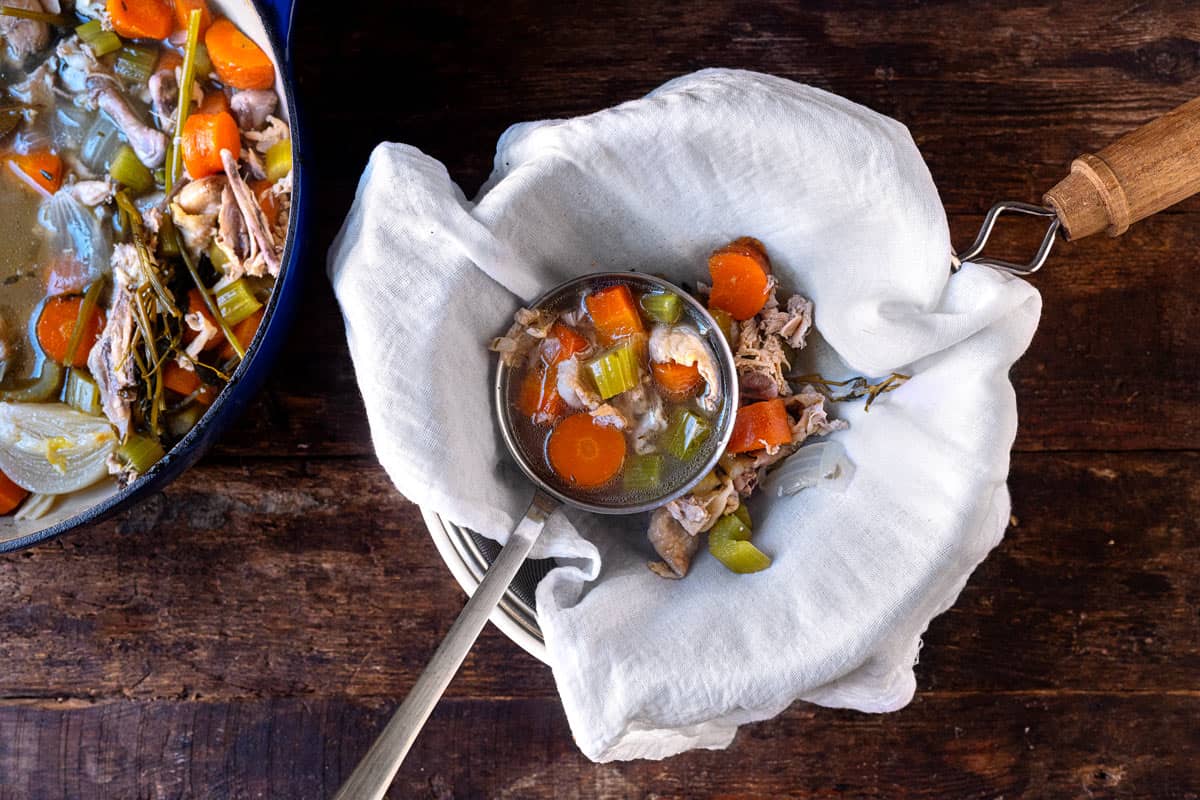Chicken bones are often discarded after eating but they actually have a wide variety of uses. As a frugal and sustainable-minded person I’m always looking for ways to reduce food waste and make the most of ingredients. After doing some research, I was surprised to learn just how versatile and practical chicken bones can be. In this article, I’ll provide a comprehensive guide to the many creative ways chicken bones can be utilized.
Making Nutritious Bone Broth
One of the most common uses for chicken bones is to make homemade bone broth. Simmering bones in water for an extended period extracts nutrients like collagen, amino acids, and minerals. This results in a wholesome, protein-rich broth that has potent health benefits. Bone broth can help improve gut health and immunity, reduce joint inflammation, and promote skin, hair, and nail growth. It’s simple to make – just simmer chicken bones with aromatics like onions, garlic, and herbs in a pot of water for at least 6 hours. Strain out the solids, and you’ll be left with a concentrated, super nourishing liquid to use as the base for soups, stews, and sauces.
Enhancing Soups, Sauces, and Stews
Aside from bone broth you can also use chicken bones to elevate the flavor of all kinds of dishes. Adding bones while simmering stock soups, or tomato sauce infuses them with more depth, savory umami flavor, and richness. For stews, braise chicken pieces on the bone rather than using boneless meat. The connective tissue and marrow will break down into the sauce, resulting in more luscious texture and taste. You can also pan fry or roast chicken bones until browned, then add them to liquids to heighten the flavor. They’ll impart delicious roasted notes.
Natural Fertilizer for Plants
Chicken bones are full of nutrients like calcium, phosphorous, and magnesium that plants thrive on. You can grind them up into a fine powder to use as fertilizer in your garden. First soak the bones in vinegar for several days to help soften them and leach out some of the fat. Then rinse, dry, and grind into a meal with a mortar and pestle or heavy duty blender. Sprinkle bone meal around your vegetable gardens, flower beds, potted plants, and trees. The nutrients are released slowly as the bone meal breaks down, providing a gentle fertilizer boost.
Making Your Own Dog Treats
If you have a canine companion, you can use chicken bones to whip up all kinds of healthy homemade treats for them. Cook chicken bones by boiling, baking, or dehydrating until they are brittle and easily crushed. Then process them into a fine powder to mix with dough for bone-shaped biscuits packed with nutrients like calcium. You can also grind them and sprinkle over their regular food as a supplement. Be sure to only feed dogs cooked chicken bones to avoid any choking or health risks from raw bones.
Unique Jewelry and Ornaments
With a little creativity, chicken bones can become beautiful jewelry, ornaments, and decor. First, thoroughly boil or bake the bones to sterilize them. Then let your imagination run wild! Cleaned bones can be carved, etched, or painted to make decorative beads, pendants, earrings, and other accessories. You can also use them to embellish mirrors, make windchimes, or assemble artistic mosaics and sculptures. The options for crafting with chicken bones are virtually endless.
Nutrient-Dense Addition to Compost
Don’t let chicken bones go to waste – add them to your compost pile instead! Crushed chicken bones contribute valuable calcium, phosphorus, magnesium, and other trace minerals as they break down. This provides a nutritious boost for microorganisms in the compost and helps balance nutrients for plant growth. Avoid adding any chicken bones with residual meat or fat, as this can attract vermin and cause odors. Always crush bones thoroughly and bury in the center of your compost pile. Over time, they’ll provide a slow-release source of minerals.
Chicken bones are clearly far more versatile than most people realize. With a little creativity and know-how, they can be transformed into nutritious meals, natural fertilizer, canine treats, unique crafts, and more. Next time you’re left with a pile of picked-over chicken bones, remember all the possibilities. By making the most of this unconventional ingredient, you can reduce food waste, save money, and make the most of your leftovers.

How to Make Chicken Stock
Learning how to make chicken stock is easy. To make homemade chicken stock, place chicken bones, vegetables, herbs and spices into a large pot. Cover with cold water then simmer for about 3 hours. Let it cool, then skim the fat. Store in the refrigerator for up to 5 days or in the freezer for up to 6 months.
- Strip the chicken carcass of meat: This is hardly delicate work. You have to be willing to get your hands dirty to pull and peel the meat off the bones. Don’t forget to flip the bird over and pull the meat from the underside. There is plenty there. Transfer the meat to a container and keep in the fridge. Use it in soup, chicken salad, or to top a bed of greens. Now to address the bones.
- Make the stock: Into a large stock pot or Dutch oven add the chicken carcass – bones, skin and any random bits. Add the chopped celery, carrots, onion, garlic, thyme, bay leaves, parsley stems and peppercorns if using.

- Cover with cold water and simmer: Pour 10 cups of cold water over the ingredients in the stockpot and turn the heat to medium, just until you see a low boil, then reduce to medium low (or whatever temp you need to keep the stove at for a gentle simmer). You want the stock to simmer and never boil for any length of time because boiling can cause the fat and proteins to emulsify and give you dark, greasy stock. Cover with a lid.
- Skim the stock: Simmer on medium low for the next 3 hours. Check every 45 minutes or so and use a spoon to skim any foam that may form off the surface. This is not an exact science. If you lose track of time, and it simmers for 4 hours that’s Ok. You’ll just have a more concentrated stock and might need to add water. If you’re short on time and you only have 2 hours then you’ll just have a lighter stock. That’s Ok too. There is no room for perfectionists in stock making!

- Strain the stock: Layer a fine mesh strainer with cheesecloth. Set it over a large bowl, then ladle the stock into the lined strainer. Press on the solids to release any additional liquid. When it’s done you should have between 5 and 6 cups of stock depending upon how much it has reduced.

- Use, store or freeze: Now that you’ve made this golden elixir with bones and scraps, use it in your next batch of soup or freeze it for a rainy day. Transfer the stock to small containers so it cools down faster. Let it cool completely then cover and transfer to the fridge. Once stock sits in the fridge for a few hours or overnight a fat layer will form on the top. Go ahead and remove that fat layer. The stock will be gelatinous and wobbly when cold. that’s a good thing. Use it within 5 days or freeze it for up to six months.
What’s in Chicken Stock?
Basic chicken stock is really just bones and water, but dressing it up with a few herbs and vegetables just increases the flavor and complexity of the stock. When I’m cooking other dishes, I often save the scraps from chopping vegetables and put them in the freezer. When I’m ready to make stock, most of the ingredients are already there.
- Chicken carcass: I roast a chicken about once a week, but you can also use a rotisserie chicken you pick up from the store.
- Celery, carrots, onion: This is a pretty classic chicken stock combination used to impart flavor and the base of many soups.
- Garlic: Technically garlic is optional, use as much or as little as you’d like.
- Fresh thyme: I like fresh thyme because it’s easier to strain from the broth and I think it leaves a fresher tasting stock. You could also use 1 teaspoon of dried thyme leaves, just not powdered thyme. It will give the stock a muddy color.
- Bay leaves: Bay leaves lend a floral sweetness to the stock.
- Parsley stems: I use the stems because they have more oils than the leaves, and stock is a great way to use them up.
- 10 peppercorns (optional): I like a little spice and I always have whole peppercorns on hand. If you have them, use them. If you don’t, that’s OK.
How to Recycle Chicken Bones to Make Food for Plants! creative explained
FAQ
What can I do with chicken bones?
Chicken bones can be used to make flavorful chicken stock or broth, which can then be used in soups, stews, and sauces.
What can old bones be used for?
Bone has been used to make almost every primitive tool imaginable at some time or another from small simple items such as; needles for sewing clothing or awls for punching holes in hides or basketry to larger more prestigious items such as harpoon heads, arrowheads, and even axe heads.
Are chicken bones good for the garden?
Plenty of enthusiastic composters will tell you that it’s possible to compost chicken bones at home — and we’re not here to disagree with them. Chicken bones, like all bones, are biodegradable organic material. That means, yes, they can be composted.
What can I do with the remains of a whole chicken?
You could roast it like a turkey and then use the bones and leftover bits of meat and fat to make chicken stock. Use the meat from the chicken in recipes like chicken and rice, chicken soup, chicken salad, pasta dishes, etc. You could also freeze smaller packs of the cooked meat to pull out for use in recipes later.
